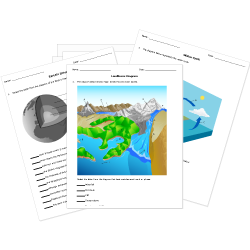Ninth Grade (Grade 9) Oceanography and Hydrology Questions
You can create printable tests and worksheets from these Grade 9 Oceanography and Hydrology questions! Select one or more questions using the checkboxes above each question. Then click the add selected questions to a test button before moving to another page.






